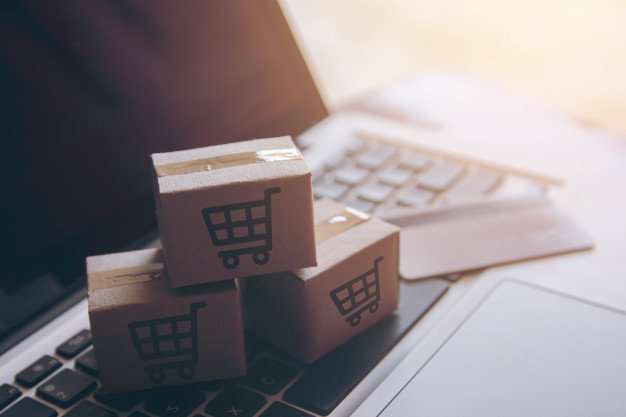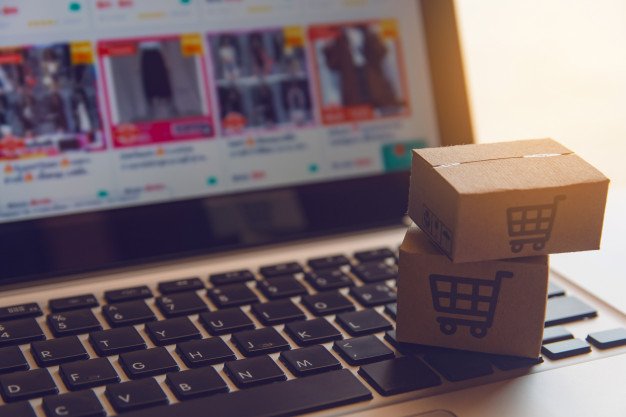Throughout the past two decades, there have been immense changes within our entire society. All across the world, people have been experiencing a global technological revolution, as the Internet and other web-based technologies like smartphones, laptops, tablets, and other devices have become ubiquitous. You should know how a B2B payment solution can aid your e-commerce company.
This rise in the amount of technology across the world has led to a multitude of transformations, and as the century progresses, we will continue to see even more change. One of the greatest changes has been in the economy, where technology has created a multitude of novel industries. One of the most prevalent new fields in the past 20 years has been e-commerce, also known as online shopping. Ecommerce has grown immensely in recent years, as billions of dollars are spent in this industry across millions of e-commerce stores.
Many people run their own e-commerce businesses online, and if you are one of them, then you understand that you require the top technologies in order to succeed in this field. While there are numerous e-commerce services that the best online store owners utilize, a B2B e-commerce payment solution is one of the most integral.
What is a B2B Payment Solution?
There are many top services that your e-commerce business needs to invest in, but one of the most essential is a B2B payment solution. A B2B payment solution is a service that allows you to get paid instantly when accepting payments from other businesses. Having one for your e-commerce business will enable you to more effectively manage your company and will let you get your hard-earned money into your account extremely quickly.
You will be given the opportunity to see your company’s account balance, payments, and payout history on a single dashboard, and you will also be able to automate difficult processes. This will enable you to have more time to grow and improve your business model. A B2B payment solution will allow you to get paid faster from wholesale customers with a streamlined user experience that leads to more efficient checkouts.
How Will a B2B Payment Solution Benefit Your Business?
Once you understand what a B2B payment solution will do for your company, it is imperative that you understand how it will actually help your e-commerce company. One of the most important benefits that this system will provide for you is advanced security. Top B2B payment solutions utilize TLS 1.2 encryption for transactions as well as checkout, so you know that your business’ money will be secure.
Along with security, a B2B payment solution will also enable you to stay in control of your cashflow by simplifying lengthy bank transfer processes and having to manage your money across multiple platforms. You will also be able to start using your B2B payment solution immediately after signing up, which is a great benefit that will aid your company.
Final Thoughts
Operating an e-commerce company is challenging enough without having to think about all the logistical hassles of operational procedures. Having a B2B payment solution will certainly alleviate your burden and will ensure that your e-commerce company can be a success.
Read Also:























